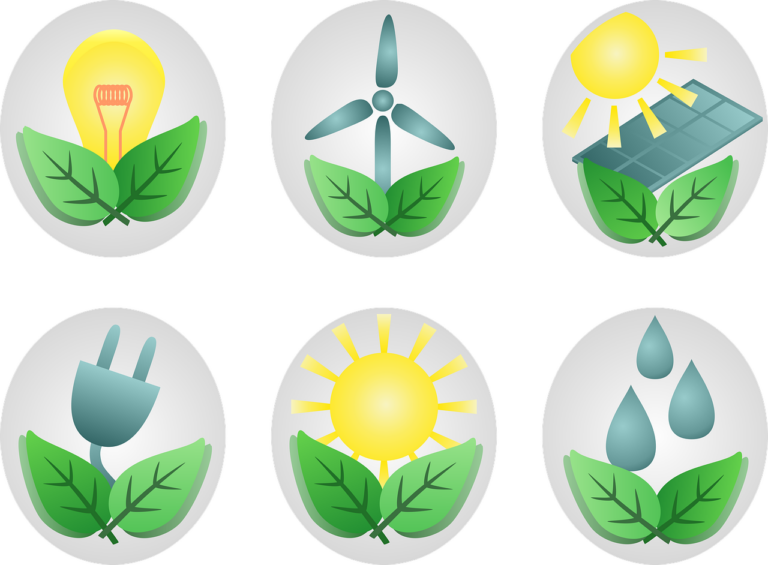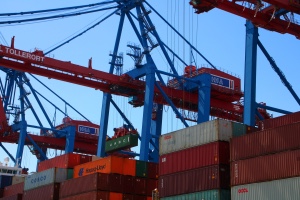
Geneva: Supply chain pressures now show some signs of easing according to the latest World Trade Organisation Goods Trade Barometer.
The Goods Trade Barometer is a composite leading indicator for world trade, providing real-time information on the trajectory of merchandise trade relative to recent trends ahead of conventional trade volume statistics. Readings of 100 indicate growth in line with medium-term trends; values greater than 100 suggest above-trend growth while values below 100 indicate the reverse.
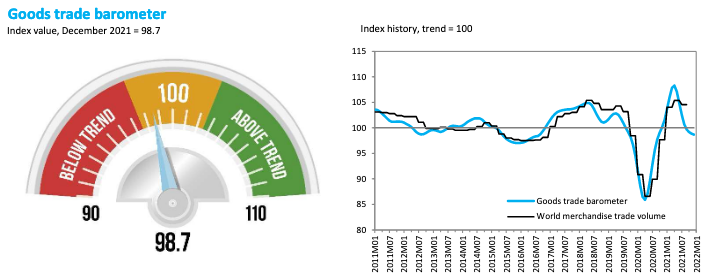
The current reading of 98.7 is below the barometer’s baseline value of 100 and down slightly from last November’s reading of 99.5, indicating a loss of momentum in trade at the start of 2022 following last year’s strong rebound in trade volumes. However, the index also shows signs of bottoming out, suggesting that merchandise trade may turn up soon even if it remains below trend in the near term.
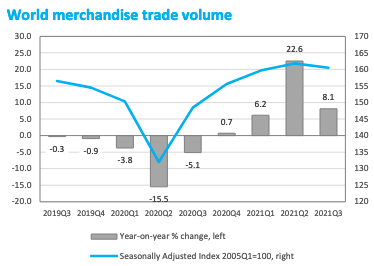 In addition to ongoing supply chain disruptions, the barometer’s weakness is partly explained by the introduction of health restrictions to combat the Omicron wave of COVID-19, which some countries are now scrapping since the new variant’s health impact has turned out to be relatively mild. Relaxing these measures could boost trade in the coming months, though future variants of COVID-19 continue to present risks to economic activity and trade.
In addition to ongoing supply chain disruptions, the barometer’s weakness is partly explained by the introduction of health restrictions to combat the Omicron wave of COVID-19, which some countries are now scrapping since the new variant’s health impact has turned out to be relatively mild. Relaxing these measures could boost trade in the coming months, though future variants of COVID-19 continue to present risks to economic activity and trade.
In the third quarter of 2021, merchandise trade volume growth slowed to 8.1% year-on-year due to base effects – trade had begun to recover in the second half of 2020 – as well as a small quarter-on-quarter decline. Once statistics become available for the fourth quarter of 2021, they are likely to show even lower year-on-year growth, even if quarter-on-quarter growth turns positive again.
Cumulatively, the volume of trade in the first three quarters of 2021 was up 11.9% compared to the first three quarters of 2020. This is above the WTO’s most recent forecast of 10.8% from last October, but slower year-on-year growth in the fourth quarter should bring the increase for the year more in line with the forecast.
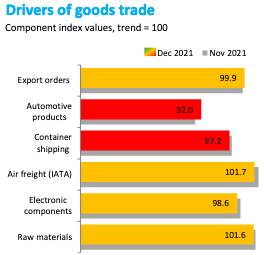 Most of the barometer’s component indices were close to their baseline value of 100 indicating on-trend growth, the main exceptions being automotive products (92.0) and container shipping (97.2). The automotive products index has actually improved compared to recent months due to the gradually increasing availability of semiconductors, which are used extensively in vehicle production. This increased availability is reflected in the electronic components index (98.6), which is close to the trend.
Most of the barometer’s component indices were close to their baseline value of 100 indicating on-trend growth, the main exceptions being automotive products (92.0) and container shipping (97.2). The automotive products index has actually improved compared to recent months due to the gradually increasing availability of semiconductors, which are used extensively in vehicle production. This increased availability is reflected in the electronic components index (98.6), which is close to the trend.
The container shipping index (97.2) dipped further below trend and as port congestion remained an ongoing problem, but its slowing rate of decline could presage a turnaround in the near future. Container throughput of major ports has plateaued at a very high level. Purchasing managers indices show delivery times coming down gradually worldwide, but not fast enough for many producers and consumers.
– global bihari bureau




